The content of the article
Decorative and applied art gives thousands of interesting ideas for a stylish and cozy interior decoration. Natural fruits became one of the lively enchanting motifs. With the help of bright citrus fruits, you can create the mood of a fragrant southern garden or a New Year's fairy tale. And in order to preserve a particle of organic beauty, the fruit needs to be dried.
What is dried orange for?
It is amazing how with the help of simple decorative elements you can revive the interior. Slices of fruit, decorated in the desired geometry, can be used in paintings and applications, as a "Christmas tree" decoration, in still lifes and not only.
Fruits are combined with berries, flowers and greens, but for obvious reasons citrus fruits are most popular: their slices are very beautiful in section, the fruits have a lively palette and retain a spectacular appearance. In “summer” compositions, a kiwi can make them a company, and winter decorations often feature viburnum, apples, and cones. The indisputable advantage of the porous fruit is that it almost does not shrink in the crust, looks appetizing and gives the room a magnificent aroma.
To create artistic compositions, the orange and its citrus counterparts are dried in rings and half rings to get hot slices glowing in the sun, and sometimes the whole fruit is preserved. It is enough to conjure a little over the design, and the decoration is ready.
In some cases, the elements are prepared in a standard way, and after that the installation is assembled from them, and sometimes you need to take care of the fasteners in advance, since the dried fruit becomes brittle. We will talk about how to prepare oranges for decoration below.
How to dry an orange at home
There are several ways to dry a fruit. The most reliable and fastest of them is the processing in the oven. The process will take only 5-6 hours, while the moisture will evaporate evenly, and the element will have an attractive appearance. Another option is an electric dryer. The advantage of this method is the ability to go about their business while the fruits are dried during the day.
Before sending to the oven, the orange must be properly prepared - the quality of the result of your efforts will depend on this. Here's what you need to do:
- Citrus must be cut into slices. The optimal thickness is 0.5-0.7 cm, then the fruit will dry evenly and will not be too fragile. Half rings dry faster, and angular slices require more time, while keeping in mind that in this form an orange can be deformed.
- Prepared rings need to be blotted with a towel (you can use paper) to collect all excess moisture, otherwise the fruit will boil, not dry.
- The baking sheet needs to be covered with foil - it will allow to distribute the heat correctly. In an electric dryer, just place the slices on a pallet. Suitable temperature conditions in both cases are 50-60 degrees.
- Every 40-60 minutes in the oven, the slices must be turned over so that they dry evenly. As a result, the fruit must give up all the moisture - only then can it be used in art and decor, otherwise the sugar residue may ferment.
There is an alternative method - the natural one. Some craftsmen tell how they dry an orange on a battery. To do this, you need to take a sheet of cardboard and put the prepared fruit on it. Another way is to make two cardboard sheets with slots for ventilation, put them on one slice, press them tightly with another sheet and bandage the “sandwich” with a twine or fishing line. This drying method will take about a week.
Special recommendations
- To add aesthetic effects, fruits can be shaped before being sliced. For example, remove the zest strips along the axis of the fruit (with a special knife or an ordinary one - cutting the peel with a wedge with a 2-3 mm deepening). Then the rings will be corrugated along the contour, like gears.
- Sometimes whole fruits are dried. To do this, it is necessary to incise the peel so that the moisture evaporates quickly and efficiently. You can do this all the same way - “under the watermelon” or go horizontally diagonally to get a beautiful spiral.
- If the fruit is prepared for hanging - for example, on a Christmas tree or above the entrance - you need to thread the thread immediately, while the fruit is moist and elastic, while capturing a sufficient depth. During drying near an open flame, the thread can be moistened with water.
How to choose the right fruits for drying
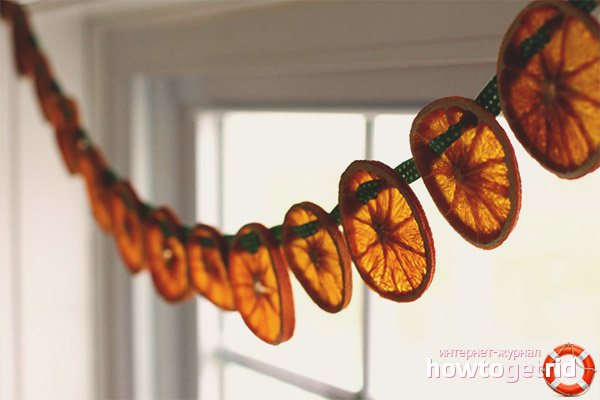
Before proceeding with the preparation of decorative elements, you need to know a few secrets. So that the result does not disappoint, it is best to choose ripe, but not sprouted, medium-sized fruits. It happens to be a pity to spend a tasty good fruit on a craft and I want to take on decoration something less edible or unfit for food. But you need to remember:
- Green oranges may become discolored when dried.
- Overripe fruits tend to darken and lose shape when cooked.
- Crumpled and rotten samples can look bad, and also exude an unpleasant odor, which you definitely need to avoid when creating decorations for the interior.
If possible, it is worth giving preference to fleshy rather than juicy fruits. Such fruits usually have less weight and are less dense when squeezed. Also, thick-skinned options are perfect for crafts - visually, the peel is unlikely to spoil the composition, but the durability of the elements will increase due to this.
What else do you need to know
An important role is played by the smell of orange, which is what becomes an additional argument in favor of drying in the peel, especially when it comes to whole fruit. Essential oils are baked, so the smell becomes less harsh, persists for a long time, and continues to freshen the air in the room, giving a good mood.
However, if you use slices of orange in an application, it is better to fill them with a fixative that will suit your composition - wax, varnish or other substances that block contact with air.
If the soul requires creativity - try such an easy way to decorate a house or a cottage - and perhaps this idea will give you a feeling of comfort and magic among ordinary everyday life.
Video: how to dry an orange for decoration and crafts

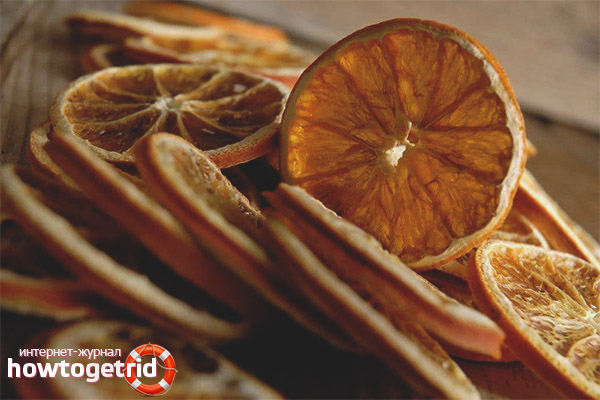

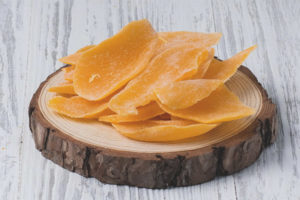
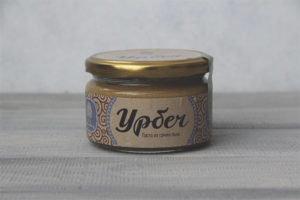
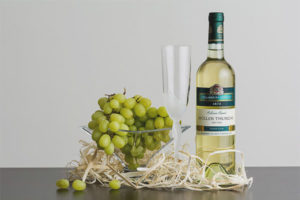
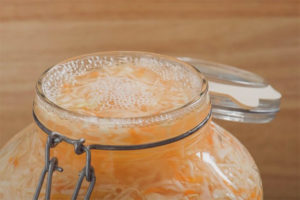


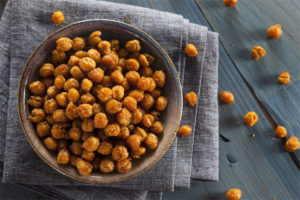
Submit